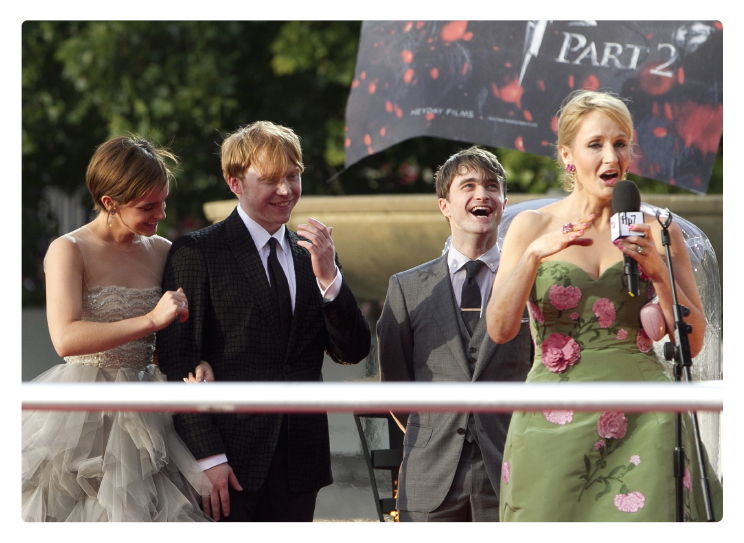Narrative Presentations
When you’re describing an event or telling a story about a person, you’re giving a narrative presentation. For example, you might report on your campus’s annual Oktoberfest celebration to fulfill an oral presentation requirement for your history class. Or you might share a story about specific people you know, such as recounting childhood pranks you and your cousins played at family reunions. (See Table 16.3 for additional examples of narrative presentations.)
The best narrative presentations tell a good story that captures and holds listeners’ interest and attention. A chronological pattern of organization usually works best for this kind of speech because it enables you to lay out a sequence of events. For example, suppose you’re giving a speech about the Coachella Valley Music and Arts Festival. To provide an account of this event, you’d want to use vivid language while describing the people, the intensity of the musical performances, and the depth of emotion you experienced at the festival. Here’s how your outline of main points might look:

Speech thesis: Convincing my friends to stay at the Coachella festival paid off with an amazing technological surprise.
Main points:
- Coachella is one of the largest three-day music festivals in the world.
- After three exhausting days, my friends were ready to leave Sunday afternoon, but I convinced them to stay for the Dr. Dre and Snoop Dogg evening performance.
- Imagine our surprise to see the late Tupac Shakur join Dr. Dre and Snoop Dogg onstage.
- Thanks to the miracle of hologram technology, we experienced an amazing set of classical rap music.
You’ll also want to use language that draws your listeners into the sights, sounds, and emotions of the story (“exhausting,” “imagine,” “surprise,” “miracle”). The right nonverbal communication can further help you capture and hold your listeners’ attention. Just observe the nonverbal skills of good storytellers, like those found on the Moth (http:/